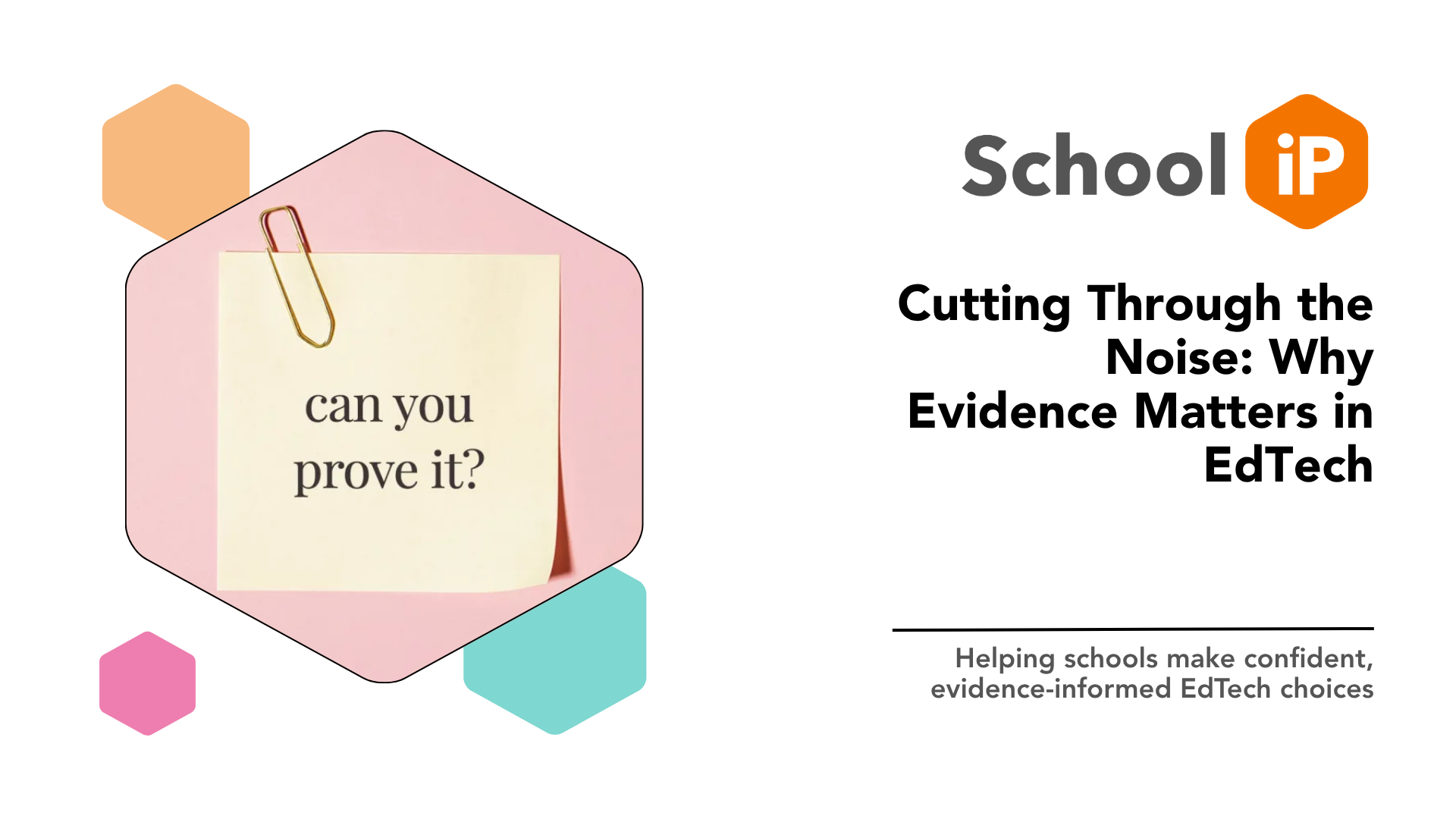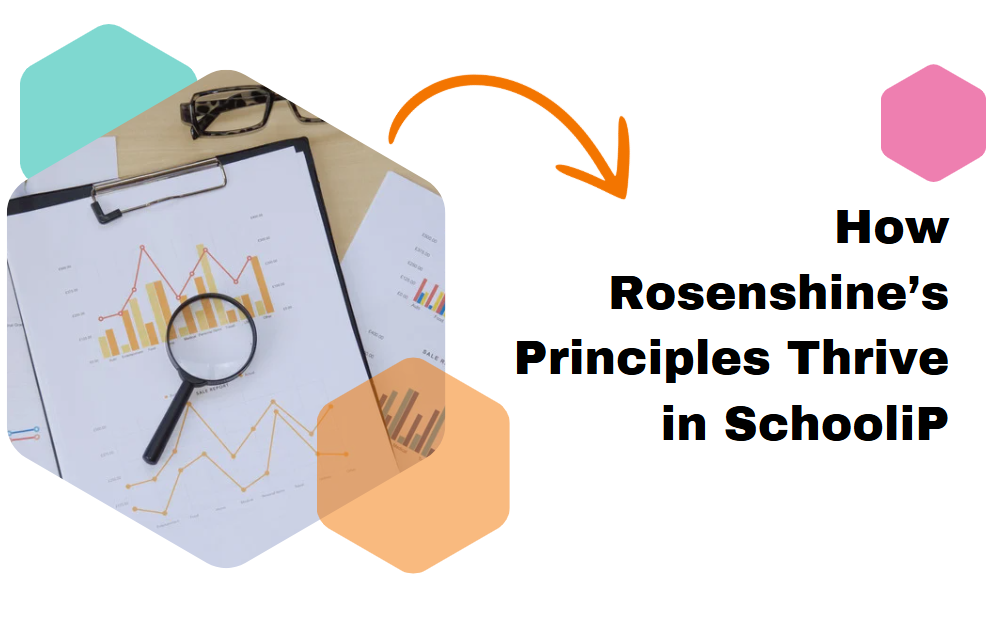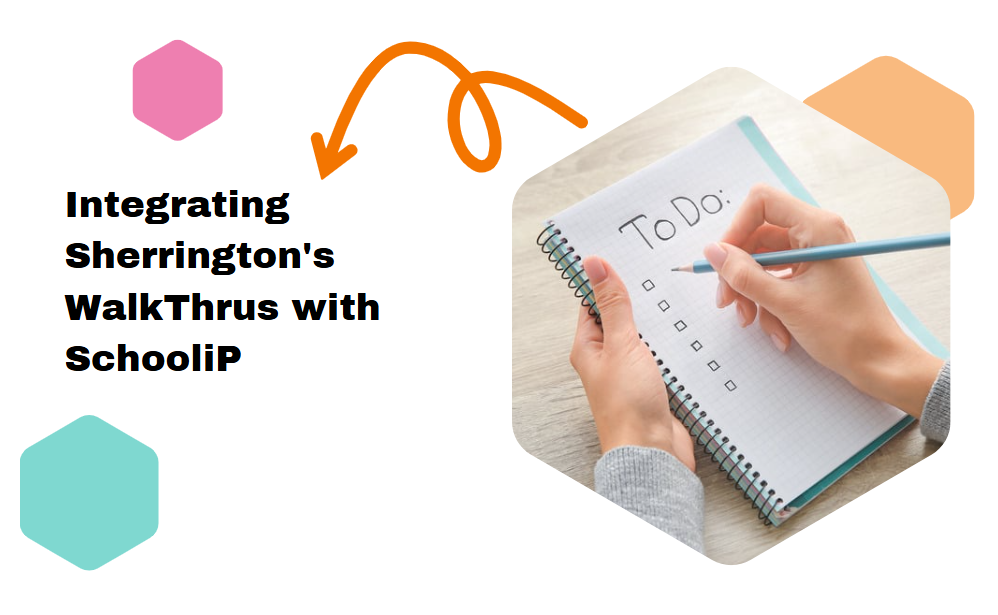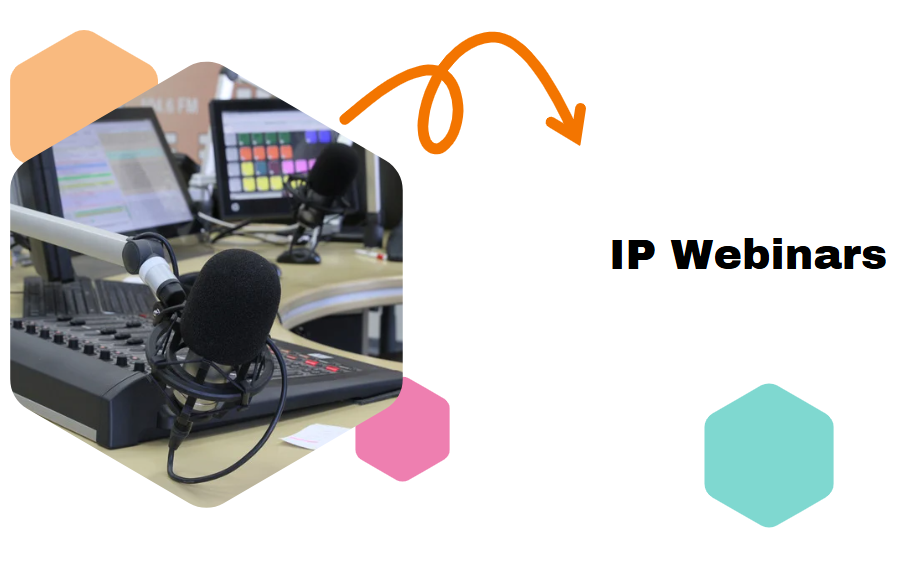The Importance of Interim Reviews in Teacher Development
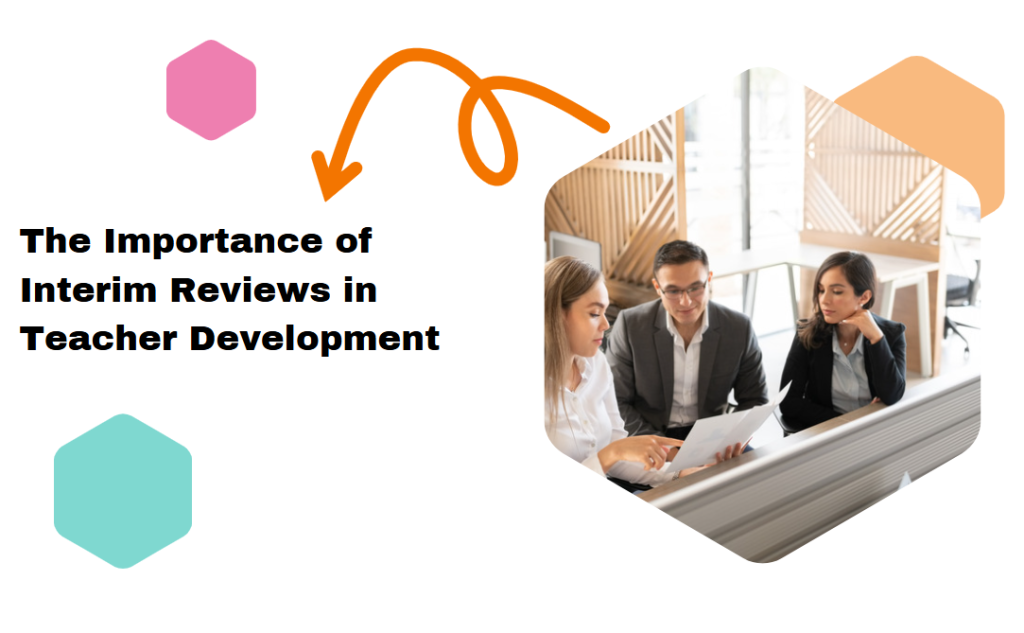

Interim reviews are check-ins or assessments designed to evaluate progress, identify challenges, and make timely adjustments before the end of the academic year. Unlike a single high-stakes review, regular interim reviews provide a more balanced and supportive approach to professional growth. They foster a culture of continuous improvement, enabling teachers to reflect on their practices, receive constructive feedback, and implement changes in real-time. This iterative process not only enhances teaching effectiveness but also contributes to a more dynamic and responsive learning environment for students.
SchooliP streamlines the interim review process by offering tools that reduce stress and improve efficiency, ensuring teachers and administrators can focus on growth rather than administrative burdens. Below is a deeper exploration of how each feature contributes to a smoother review process:
To maximise the effectiveness of interim reviews, consider these best practices:
Pro Tip: Interim reviews aren’t limited to formal assessments—they can also include professional discussions, catch-ups, and well-being checks throughout the year.
The Drawbacks of a Single Interim Review
Relying on just one mid-year review can create unnecessary pressure for both teachers and appraisers. By the time the review occurs, it may be too late to implement meaningful changes or address emerging challenges. Additionally, a single review often fails to capture the natural ebb and flow of a teacher’s performance, potentially overlooking periods of growth or areas needing additional support.
The Benefits of Multiple Interim Reviews
Conducting multiple interim reviews, or regular check-ins, offers a more nuanced and supportive approach to teacher development. Here’s why they are so valuable:
Interim reviews are a vital component of teacher development, offering opportunities for reflection, growth, and improvement. SchooliP enhances this process by providing tools that simplify data management, automate scheduling, ensure consistency, and enable continuous progress tracking. By reducing administrative burdens and fostering a supportive environment, SchooliP empowers teachers to focus on what truly matters: their professional growth and the success of their students.
